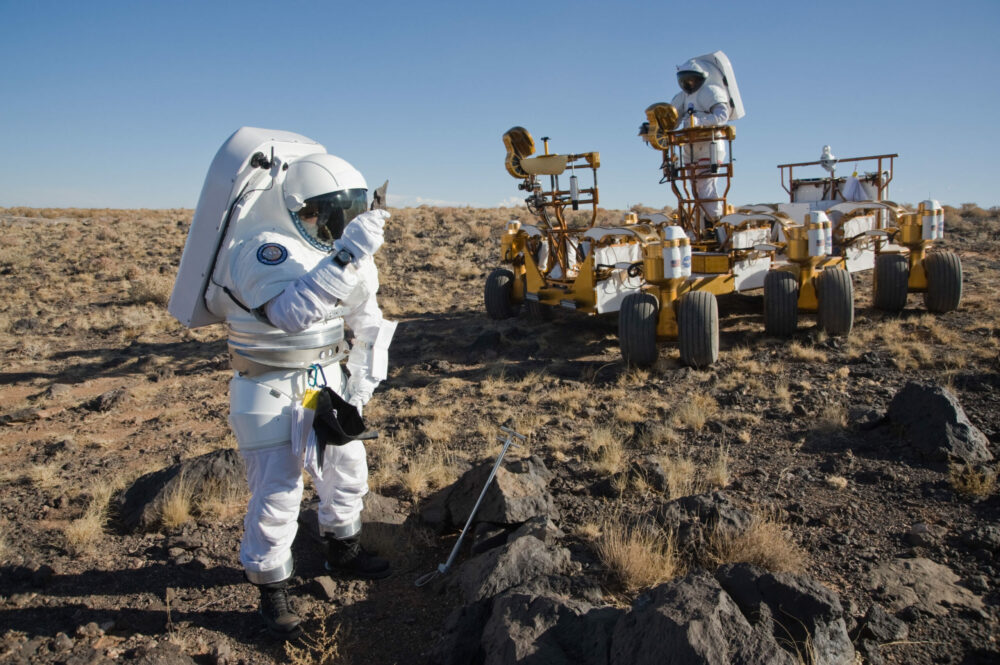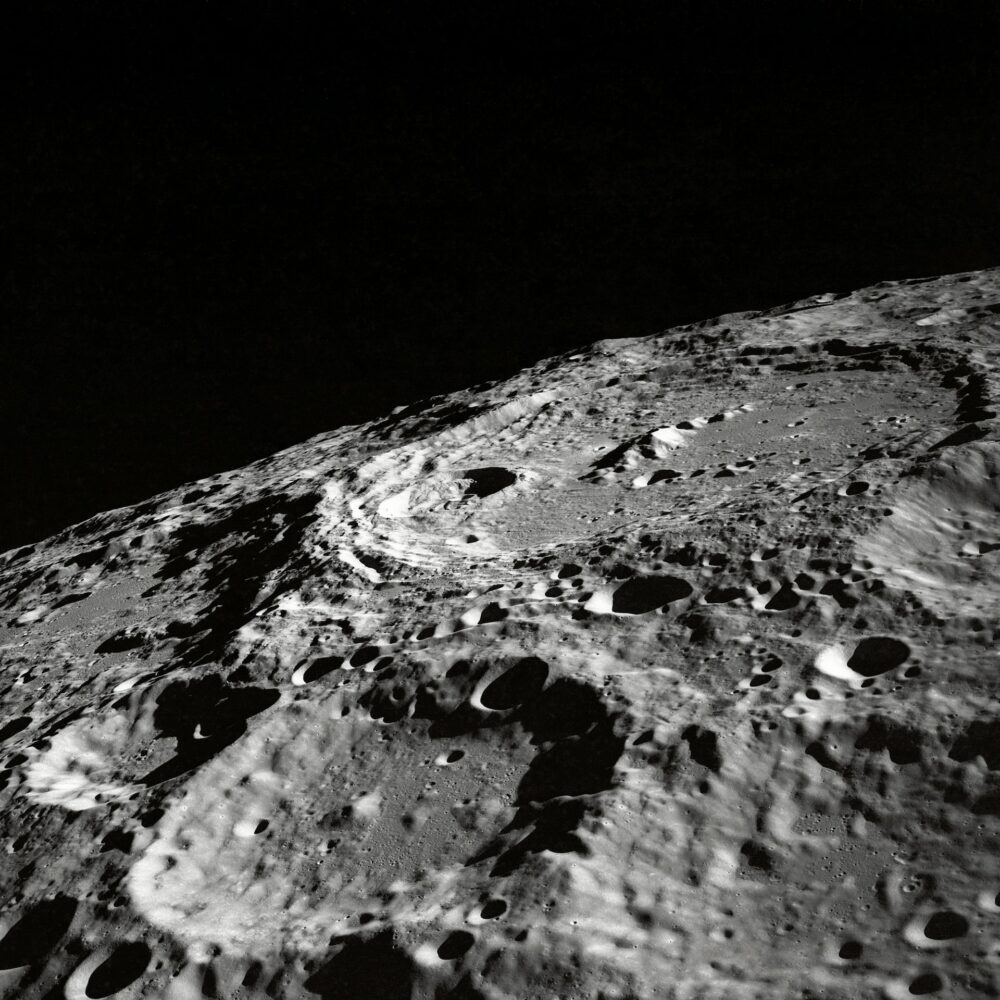Intermap Technologies (TSX: IMP) (OTCQB: ITMSF) is providing simulations to help NASA put astronauts near the lunar South Pole by 2025.
The company announced on Tuesday that it is is providing high-resolution elevation data and precision radar imagery to support both the United States Geological Survey (USGS) and NASA’s Artemis III simulations and training exercises in the Arizona desert.
Intermap’s data is being used by the Joint Extra Vehicular Activity Test Team (JETT), a group responsible for developing and conducting simulated missions. These tests help simulate conditions that astronauts will encounter near the lunar South Pole during the Artemis missions, which include rugged terrain, unique geology and minimal communications infrastructure.
Intermap’s NEXTMap digital elevation models and radar imagery offer precise 3D information for the Arizona JETT exercise area. This helps USGS and NASA to plan and conduct tests, assess designs for activities outside the vehicle (EVAs) like suits and tools, identify areas of concern and potential problems for lunar surface operations and develop skills for tasks during EVAs and scientific exploration.
The JETT team is performing mission-scale exercises to ensure successful operations and technology development for the Artemis III mission to the Moon. These exercises involve preparing hardware, testing in terrain similar to the Moon, and conducting simulations with EVAs, scientific evaluations and flight control teams at the Johnson Space Center.
These studies will provide important data and knowledge as teams practice operations in a simulated lunar environment to prepare for the actual mission in 2025. Elevation data is crucial for training missions on Earth in preparation for space missions.

Test an unpressurized version of a lunar rover in the Arizona Desert in 2008. Image via NASA.
Read more: Westinghouse releases AP300 small modular nuclear reactor
Studies provide important data for lunar environment simulations
“Intermap’s sensed elevation data, accurate processing and seamless mosaic digital elevation models provide USGS and NASA with key information that extrapolated synthetic data cannot provide when creating digital terrain twins for scientific and military applications,” said Patrick A. Blott, Intermap chairman and CEO.
“Our data enables the JETT to plan and execute operational exercises that simulate moonwalking missions in an environment similar to the lunar South Pole.”
The Artemis III mission is set to be the first time humans land on the Moon as part of the Artemis program, marking the first crewed lunar landing since Apollo 17 in 1972. In Artemis III, two astronauts will travel to the lunar South Pole using the Human Landing System. They will spend 6.5 days on the Moon’s surface, conducting at least two moonwalks.

Intermap data over a test area in Arizona depicting an environment similar to the Moon. Image via Intermap.
Read more: Canadian nuclear agency partners with space agency to bring high-tech shielding for astronauts
Read more: Rogers partners with Space X, Lynk Global to bring satellite-to-phone coverage nationwide
Earth observation allows companies to gather information
Companies are increasingly drawn to space for a multitude of reasons.
Satellite communications enable them to establish global connectivity and provide reliable internet access to underserved areas. Simultaneously, Earth observation capabilities allow companies to gather valuable data for environmental monitoring, disaster response and resource management.
SpaceX intends to launch the first set of V2 Mini Starlink satellites from the West Coast. The launch will occur at Vandenberg Space Force Base’s Space Launch Complex 4 East.
Starlink is a pioneering satellite network that operates in a low Earth orbit. It is the largest of its kind and offers broadband internet services that can handle activities like streaming, online gaming, video calls and more.
The initial launch was scheduled for Monday evening but was halted just 5 seconds before liftoff. SpaceX did not provide a specific reason for the cancellation.
Other companies operating in space include General Dynamics (NYSE: GD), Virgin Galactic (NYSE: SPCE), Astra (NASDAQ: ASTR), Sierra Nevada Corporation, Northrup Grumman (NYSE: NOC) and Blue Origin.
.














